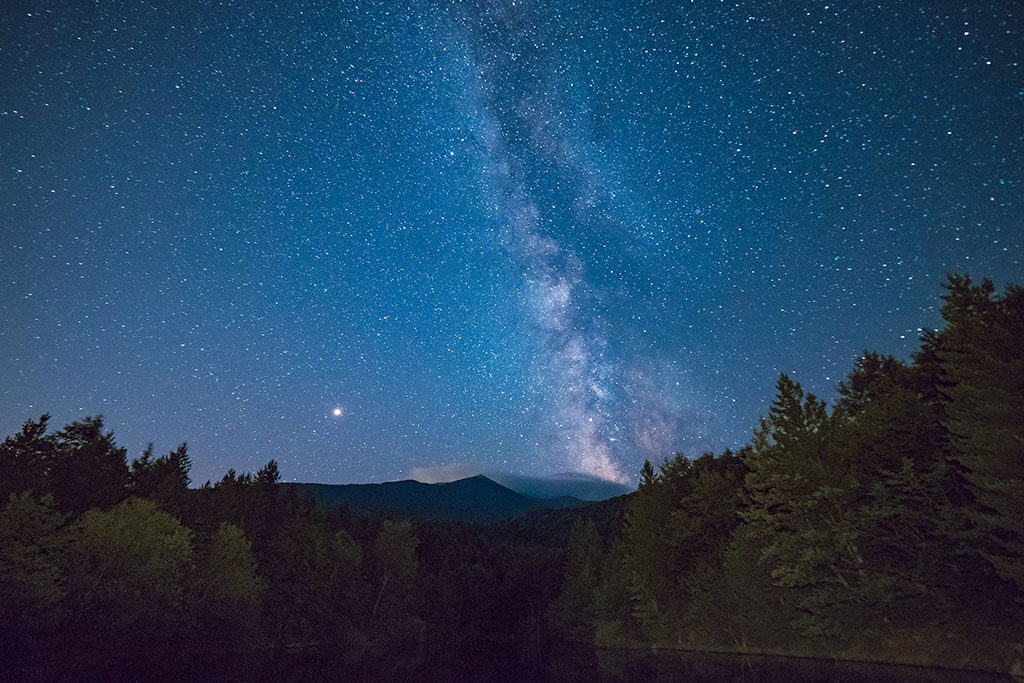
28
April
Saturn at Opposition
The ringed planet will be at its closest approach to the Earth. This is the best time to observe and photograph the planet and its moons.

25
April
Partial Lunar Eclipse
There is a partial lunar eclipse visible from Africa, Europe, Asia and Australia. Sorry North Americans, we're out of luck for this one. But if you're travelling over seas, you could have a neat sight if you look up!

24
April
Speaker's Night: Galaxy Formation
Galaxies are groupings of billions of stars and make for some of the most stunning visuals in amateur astronomy. But how do they form? PhD Candidate Aaron Maxwell of McMaster University joins us to talk about how these stellar neighbourhoods come together.
Who can attend: everyone including non-membersFee: free, free parking after 6pmReservation not needed Location: Ontario Science Centre (Imperial Oil Auditorium)

16
April
Lyrids Meteor Shower
The Lyrids are a fairly average shower producing about 20 meteors an hour. You should probably be able to see bright dust trails (giving that 'fireball' effect) for several seconds. The shower begins around April 16th, peaking on April 21st & 22nd, then finally tapering off on April 25th. The gibbous moon could hide some of the fainter meteors, but it sets just before sunrise. The 2013 Lyrids are best seen after midnight, and during the short dark sky window just before dawn.

10
April
April Recreational Astronomy Night
Join us for our monthly recrational astronomy night meeting at the Ontario Science Centre. Our presenters this month are:
Francois van Heerden - The sky this month
Allard Schipper - Ipad and Iphone astronomy apps review
Blake Nancarrow - Visit the Carr Astronomical Observatory this summer
Andy Blanchard - AstroCATS telescope show
And this is our annual equipment swap table

23
March
National Council Meeting
See: http://www.rasc.ca/

20
March
Speaker's Night: The Ancient Egyptian Sky
Astronomical knowledge from ancient Egypt has survived to the present day carved and painted in tombs and temples along the Nile. In this talk, Dr. Sarah Symons describes three types of ancient text from which we can learn how the ancient Egyptians viewed the sky, now they depicted and described celestial objects, and how they explained the phenomena they observed.

20
March
March Equinox
The Sun will shine directly on the Earth's equator, casting both north and south hemispheres in equal day and night. It's the first day of spring in the north and the first day of fall in the south.

18
March
RCI Talk: Weighing the Universe with Gravitational Lensing
Laura Parker, B.Sc., Ph.D., Department of Physics and Astronomy, McMaster University, Hamilton

3
March
RCI talk: Catch Me If You Can: Hunting the Elusive Neutrino
Sampa Bhadra, Ph.D., Department of Physics and Astronomy, York University

20
February
Speaker's Night : Searching For Other Universes
Centuries of astronomy and cosmology have led to an ever-larger picture of our ‘universe’ — everything that we can observe. For just as long, there have been speculations that there are other regions beyond what is currently observable, each with diverse histories and properties, and all inhabiting a ‘Multiverse’. Dr. Matt Johnson of York University & the Permiter Institute joins us to talk about the "Multiverse" concept and will discuss the first observational tests to prove they exist.

25
January
University of Toronto Annual ASX Symposium
See: http://asx.sa.utoronto.ca/
